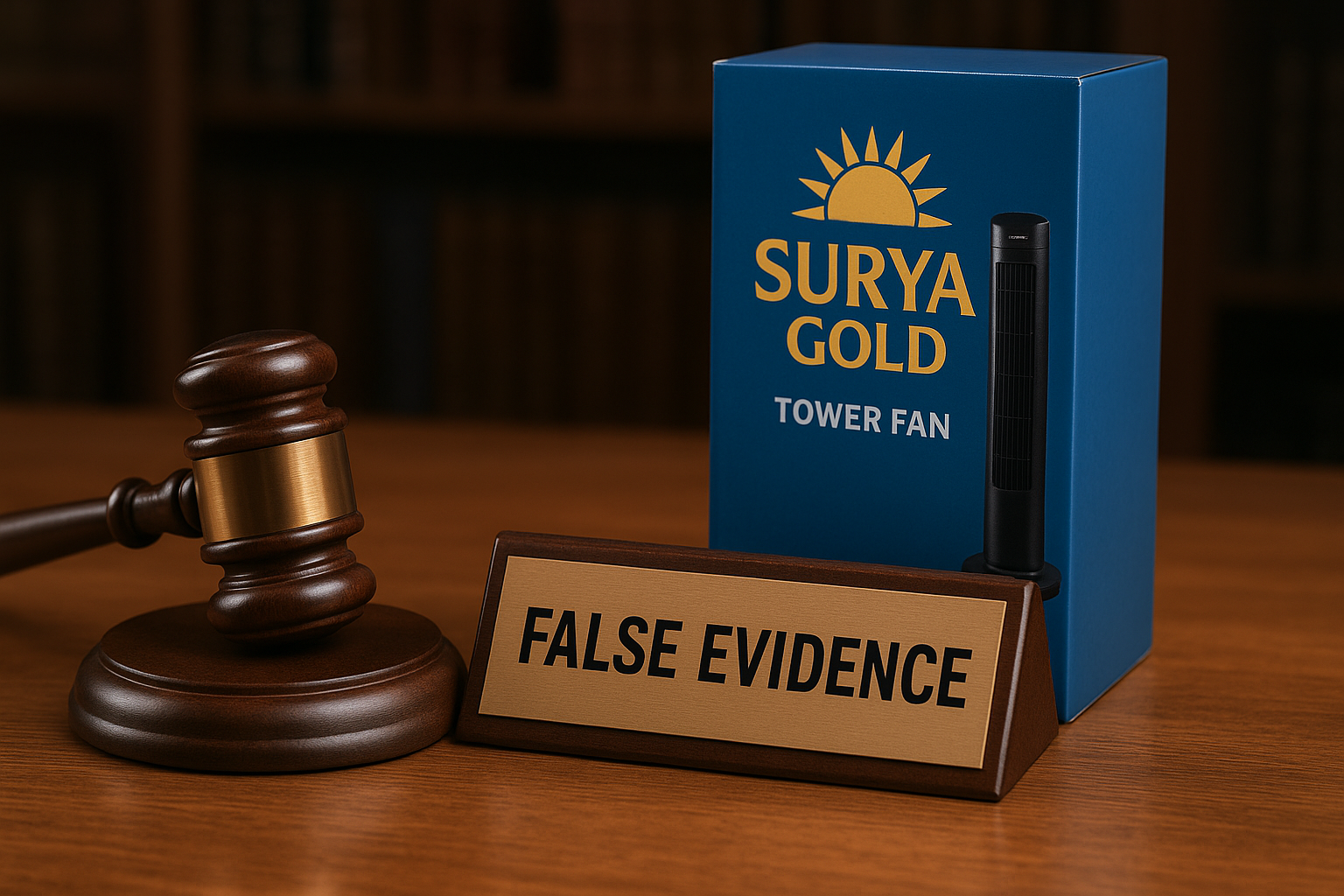
A syllable is a part of a word that contains a single vowel and that is pronounced as a unit. So, for example, ‘book’ has one syllable, and ‘ reading’ has two syllables. Syllables play an important part in analyzing the visual and pronunciation of the trademark. How a trademark’s phonetic structure and syllabic composition, is an important element in this examination. Phonetic similarity between marks, which is frequently measured by comparing syllables, can have a major impact on consumer perception and misunderstanding and taking into account of infringement. In trademark disputes, trademark registry and courts assess if consumers are likely to mix up one mark with another.
Key Considerations on role of syllable in evaluating trademark infringement:
- Phonetic Perception:
- Pronunciation: A word’s syllabic structure influences its pronunciation. Two trademarks that sound phonetically similar, even with different spellings or syllable counts, may cause confusion. For example, “KODAK” and “KODAC” are likely to be considered comparable due to their similar syllable count and pronunciation, despite a minor spelling difference.
- Diction Confusion: In many circumstances, buyers may only hear the trademark, such as in radio commercials or vocal suggestions. In such cases, the way the syllables are structured and uttered can lead to an incorrect association of the marks.
- Distinctiveness and Strength of the Mark: Trademarks with fewer syllables are typically more distinctive and have stronger protection. Short, punchy, and single-syllable marks are generally easier for consumers to remember and recall, making them more vulnerable to infringement if another mark uses a similar structure.
- Visual Similarity:
- Spelling: While syllables are primarily related to sound, spelling can also contribute to visual resemblance. If marks share similar syllables and are visually similar, the likelihood of confusion rises.
Example: A single-syllable mark like “Fox” is more likely to be protected if a competitor uses a phonetically or syllabically similar mark like “Faux.”
- Overall Impression:
- Dominant Syllables: The main or most notable syllable in a symbol can have a significant impact. If two marks share a dominant syllable, it can increase the chance of misunderstanding.
For example, if both trademarks start with the same syllable, like “Micro-” (e.g., “Microsoft” and “Microchip”), this can lead to confusion.
- Context: The crucial factor is the overall impression made by a trademark, considering both syllables and visual elements, is crucial. If marks evoke similar associations or connotations, it can contribute to confusion.
- Sophistication of Consumers
In industries where consumers are highly sophisticated and likely to pay close attention to trademarks, minor syllabic differences might reduce confusion. In contrast, in consumer goods industries with less sophisticated buyers, similar-sounding syllables could easily cause confusion. If two trademarks have similar syllables, customers may recall one when they encounter the other, even if the trademarks differ in other ways.
- In the case of Reckitt D Colman of India Limited vs Medicross Pharmaceuticals Private Limited (1992(3) BOMCR408) how syllables play integral part in considering infringement.
Case Summary:
In this case a dispute between “Disprin,” owned by Reckitt D Colman of India Limited, alleged trademark infringement and passing off on “Medisprin” marketed by Medicross Pharmaceuticals Private Limited. Reckitt D Colman.
Key Points:
- Similarity of Marks: The court focused on the phonetic similarity between “Disprin” and “Medisprin.” Both marks shared the first syllable, “Dis,” which was considered significant in determining similarity.
- Nature of Goods: While both products were pharmaceutical preparations, the court noted that “Disprin” was a more common analgesic, while “Medisprin” was a specialized drug for heart patients.
- Target Market: The target markets for the two products were different, with “Disprin” being more widely used by the general public, while “Medisprin” was primarily prescribed by doctors.
Court’s Decision:
The court found that despite the similarity in the first syllable, the overall impression created by the two marks was distinct. The different nature of the goods and target markets further contributed to the conclusion that there was no likelihood of confusion between the two trademarks. As a result, the court dismissed Reckitt D Colman’s claims of trademark infringement and passing off.
Implications:
This case highlights the importance of considering the overall impression created by trademarks infringement cases, as they directly impact how similar two marks sound, which is a key factor in assessing consumer confusion. Courts and regulatory bodies examine syllabic structure alongside visual and conceptual similarities to determine whether infringement has occurred. A strong resemblance in syllable count, sound, or rhythm between trademarks increases the likelihood of confusion, which is the basis for infringement findings.
- Macleods Pharmaceuticals Limited v. Swisskem Healthcare and Another – 2019 SCC Online Bom 1186
Case Summary:
Macleods Pharmaceuticals Ltd (plaintiff) filled an alleged trademark infringement on Swisskem Healthcare and Anr (defendants). The plaintiff found that the defendant’s mark “POLYDERM” was confusingly similar to their mark “PANDERM and PANDERM +” and constituted trademark infringement.
Key Points:
- Trademark in Dispute: The plaintiff’s trademark “ PANDERM” and “PANDERM +” was used for a topical cream and the defendants had launched a topical cream under the mark “POLYDERM.”
- Court’s Analysis: The court analyzed the marks based on their visual, phonetic, and conceptual similarity. It focused on the syllable structure where ‘Panderm’ had two syllables and ‘Polyderm’ had three syllables and pronunciation of both marks are distinctive. Moreover, the Court observed that the common element between the marks was the term “DERM”, while the prefixes “POLY” and “PAN” were completely distinct.
Court’s Decision:
The Court observed no visual or phonetic similarity between the competing trademarks and as per the Citing from the Cadila Healthcare Ltd. v. Cadila Pharmaceuticals, 2001, case the Supreme Court established the same guidelines for assessing trademark infringement. Based on these guidelines, the Court determined that while the competing marks were used in the same trade channel (dermatology), they lacked any visual or structural similarity. This led the Court to conclude that an average consumer with imperfect recollection would not be confused between the two marks. Additionally, the Court rejected the plaintiff’s claim of similarity between the packaging of the products, as it considered the differences in the word marks to be significant.




Leave a Reply